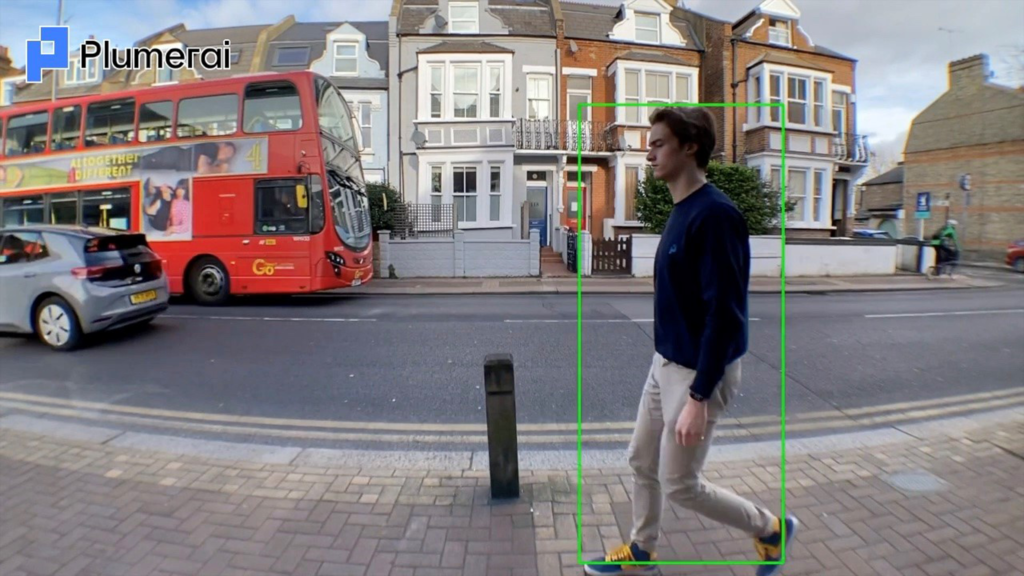Hardware Pioneers caught up with Roeland Nusselder, Co-Founder and CEO of Plumerai, as well as his Head of Product Marketing, Marco Jacobs. They’re innovating deep-learning by making AI models really tiny and low-powered.
“We’re convinced there will be hundreds of billions of these tiny, intelligent AI sensors everywhere. These sensors are very cheap so you need to be able to run AI on cheap hardware.” Roeland told us.
Roeland started Plumerai with his co-founder, Taras Iakymchuk back in 2017. Making AI software tiny is met with many obstacles, such as keeping its accuracy. They wanted to run the AI on battery-powered chips so that they could have battery-powered intelligent sensors and could be deployed anywhere.
With no need for cables or plugging into mains, the small battery could last for years or use a small solar cell or other energy-harvesting methods to remove the need to recharge.
This technology has a multitude of potential uses, such as an air conditioning unit that could turn on or off through people detection. It could also use automation to direct airflow to certain areas of the room. AC units are known for guzzling energy so to automate the process would reduce consumption and costs.
At the moment, Plumerai is implementing its people detection technology into tiny microcontroller chips that cost only $2. Using a camera they bought for $0.70 – with the knowledge that this could be even cheaper if bought in bulk – their computer vision technology detects people in view.
“These are new types of sensors, we call it an IoT camera. These systems can be used for occupancy management in offices, people counting, elderly care, AC, lighting control, and more.” Explained Roeland.
Besides IoT cameras, Plumerai’s AI also powers security cameras and doorbell cameras. Taking it one step further, Plumerai runs locally on the edge with great accuracy in people detection. As many video-doorbell owners know, false notifications and alarms must be avoided. Existing solutions are often cloud-based, but big data centres are expensive to operate, and transmission and storage of video data to the cloud creates privacy concerns.
Typical video doorbells normally have little room for processing as there is limited capacity available in memory and computational power. Conversely, Plumerai’s model is so small it can still run.
One of the key technologies that Plumerai has developed to shrink the AI are binarized neural networks. These efficient networks use single-bit data and operations instead of the 8 or 16-bit arithmetic that is common in industry. This greatly reduces compute and power consumption. Plumerai developed its own training software and neural network architectures to achieve the high detection accuracy that’s required.
Looking to the future, Plumerai is planning to scale their technology into gaze detection whereby you could simply look at a smart TV or light and it turns on. This shall continue their mission to enable cheap production of low-powered AI sensing which can be embedded anywhere.
